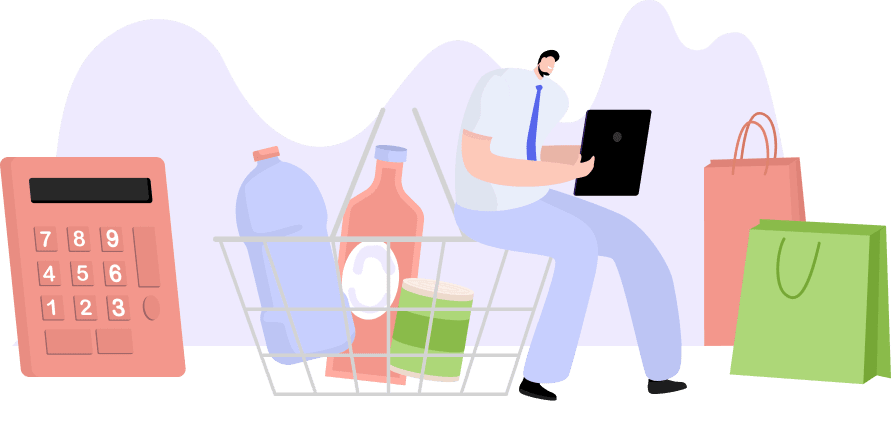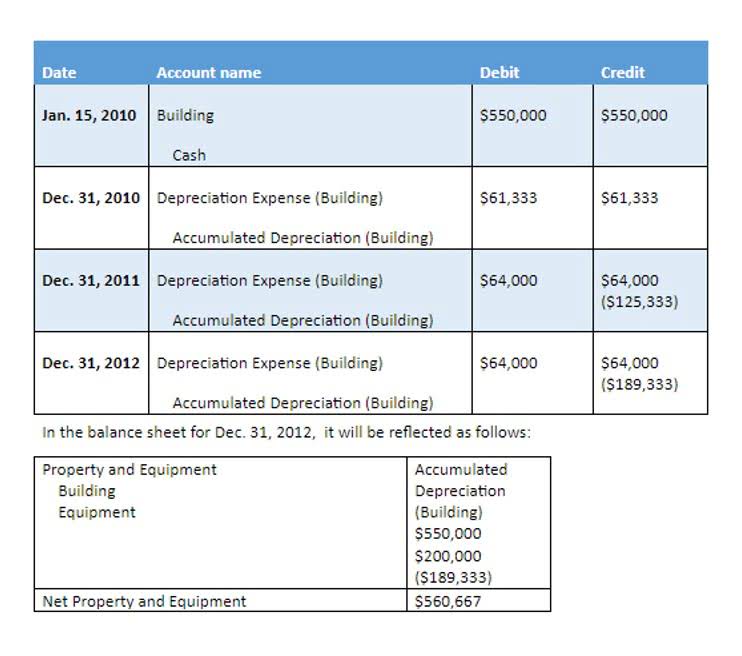
That means that balance sheet accounts are listed first and are followed by accounts in the income statement. In 1494, an Italian mathematician, Luca Pacioli, wrote a book providing suggestions of how merchants could keep their records. It was like the first try to introduce double-entry bookkeeping, being a significant milestone. It brought the concept of recording transactions with corresponding debits and credits, allowing for more accurate financial records. While Pacioli’s work laid the foundation for modern accounting, a standardized chart of accounts had yet to emerge.

Assign account numbers to business accounts
Ideally, you’ll set up your chart of accounts correctly at the beginning, so you won’t need to make changes to it right away. But as your business grows, you might find yourself needing to make some updates to the chart of accounts. Any necessary changes should be at the end of a financial period, such as a fiscal quarter or fiscal year, to prevent interruptions in transactions. It should have enough subcategorization and detail to be useful — but not so much that nearly every transaction requires a different account.
How do you structure a chart of accounts?
HighRadius Autonomous Accounting Application consists of End-to-end Financial Close Automation, AI-powered Anomaly Detection and Account Reconciliation, and Connected Workspaces. Delivered as SaaS, our solutions seamlessly integrate bi-directionally with multiple systems including ERPs, HR, CRM, Payroll, and banks. By adhering to these best practices, chart of accounts examples you can maximize the utility of your chart of accounts, enhancing both financial transparency and decision-making capabilities within your organization. For instance, a manufacturing business might need detailed accounts for different types of raw materials. Under each main category, create subcategories to further detail the transactions.
Great! The Financial Professional Will Get Back To You Soon.
For example, we often suggest our clients break down their sales by revenue stream rather than just lumping all sales in a Revenue category. By doing so, you can easily understand what products or services are generating the most revenue in your business. If you create too many categories in your chart of account, you can make your entire financial reports difficult to read and analyze. To create a COA for your own business, you will want to begin with the assets, labeling them with their own unique number, starting with a 1 and putting all entries in list form. The balance sheet accounts (asset, liability, and equity) come first, followed by the income statement accounts (revenue and expense accounts). A chart of accounts (COA) is grouped into main categories such as assets, liabilities, equity, revenue, and expenses for clear financial reporting.

Resources for Your Growing Business

Thanks to accounting software, chances are you won’t have to create a chart of accounts from scratch. Accounting software products generally set you up with a basic chart of accounts that you can work with your accountant or bookkeeper to amend, according to your industry and your business’s complexity. A chart of accounts, or COA, is a complete list of all the accounts involved in your business’s day-to-day operations.
Add financial statements
Not only does the chart of accounts sort these financial accounts by category, it also assigns each one a unique name and numerical code. Basically, a chart of accounts provides a single centralized reference that lists and organizes all financial accounts across the entire business. The Chart of Accounts (COA) is essentially a listing of all account titles that a business may use to record transactions in an organized way. In contrast, the general ledger is where all financial transactions of a company are recorded and summarized using the accounts from the COA.
- The accounts included in the chart of accounts must be used consistently to prevent clerical or technical errors in the accounting system.
- The standard chart of accounts requires you to present your finances divided into several groups – accounts – representing various aspects of your business activities.
- While in most jurisdictions and industries it is entirely up to each entity to design the chart of accounts according to its specific requirements, others provide general guidelines or are even regulated by law.
- Thus, the sales department, engineering department, and accounting department all have the same set of expense accounts.
- Each type of chart of accounts serves a specific purpose, helping businesses manage their finances in different contexts—whether it’s day-to-day management, tax preparation, or compliance with legal standards.
- When a company purchases inventory on credit, the Inventory account is debited to increase it, and the Accounts Payable account is credited to record the liability to pay for the inventory in the future.
- Liabilities may often have a “payable”descriptor (i.e., AP) attached to them.

It’s the backbone of a company’s financial record-keeping system that must be observed and maintained with the utmost care. COA empowers you to make smart financial decisions based on clear, organized information. In financial statements, liabilities are typically found on the balance sheet. Liabilities are listed alongside assets, representing the company’s financial obligations. The total liabilities reflect the company’s debts and obligations that need to be settled in the future.
A simple way to organize the expense accounts is to create an account for each expense listed on IRS Tax Form Schedule C and adding other accounts that are specific to the nature of the business. Each of the expense accounts can be assigned numbers starting from 5000. Revenue accounts capture and record the incomes that the business earns from selling its products and services.
Account Type
- It normally includes direct costs such as parts, materials, and labor, but does not take into consideration indirect costs such as distribution.
- The point of tracking account data is to provide a basis for fiscal comparison over time.
- Our work has been directly cited by organizations including Entrepreneur, Business Insider, Investopedia, Forbes, CNBC, and many others.
- Start with a simple COA structure that covers all the fundamental areas of your business finances but is also flexible enough to scale as your business grows.